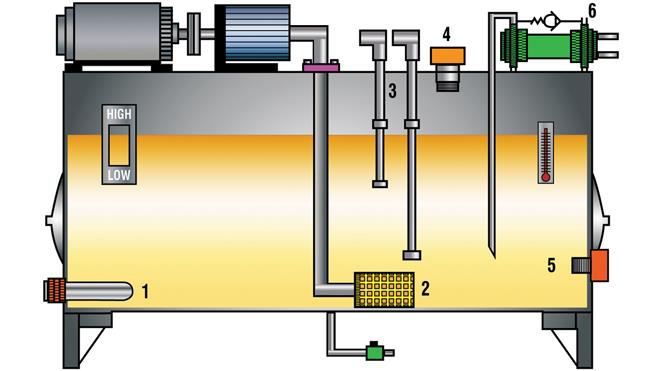
Hydraulic fluid is a critical component of your hydraulic system. It has multiple functions, including transmission, lubrication, and heat transfer. Selecting the right kind of fluid imperative if you want to maximize the efficiency of your hydraulic pump, motors, and other components such as the bearings in a hydraulic piston system. When selecting the right kind of fluid for your hydraulic system, you have to consider such factors as your system’s requirements, the operating parameters, and regulations, among others.
Factors to consider when selecting hydraulic fluids
Various properties in a fluid affect its performance. Some of the factors you should look into when selecting hydraulic fluids include:
Viscosity
This refers to the fluid’s flow resistance. No matter how good the other properties of the fluid are, if its viscosity grade does not suit your system’s operating temperature range, it will not operate optimally. Low viscosity fluids could result in a lack of lubrication and therefore, damage to components. On the other hand, high viscosity fluids could lead to sluggish operations. Whichever the case, fluids with unsuitable viscosity compromise the lifespan of the components in your system.
Viscosity index (VI)
This refers to the fluid’s response to temperature changes. A fluid with high VI or a multi-grade fluid maintains its viscosity over a wide range of temperature changes compared to a low VI fluid. Multi-grade fluids are recommended for mobile applications as they are predisposed to fluctuations in temperature as well as environmental changes.
Anti-wear properties
Fluids with appropriate anti-wear additives keep your system running efficiently and preserves the life of its components. These additives form a thin layer on the system’s components in a bid to prevent metal-to-metal contact. Fluids rich in anti-wear additives are recommended for heavy-duty hydraulic piston system applications
Oxidation stability
Oxidation refers to the chemical reaction between oil and oxygen to produce acidic byproducts. This is likely to take place in high-temperature operations or the presence of copper components. Oxidation leads to the generation of sludge and varnish, which manifests in the darkening of the fluid. The rate of oxidation can be reduced using fluids with antioxidant additives.
Foaming
This is a common problem in hydraulic systems. Foaming can be as a result of poor system design, degraded and contaminated fluid, and air infiltration. The chances of foaming can be minimized through the use of fluid formulations containing foam inhibitors. However, high amounts of foam inhibitors can have adverse effects on your system.
The successful operation of your hydraulic system depends on how well the fluid you select meets your system’s demands. While all the factors count, selecting the fluid with the right viscosity is essential. Avoid compromising on your system’s performance in a bid to cut operational costs by purchasing unsuitable fluids.



